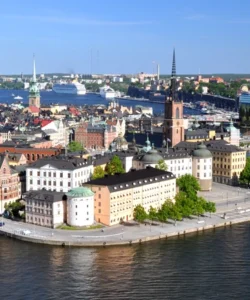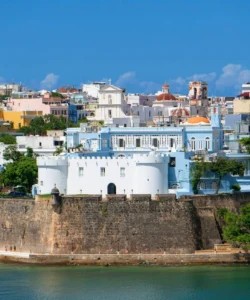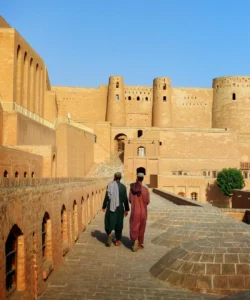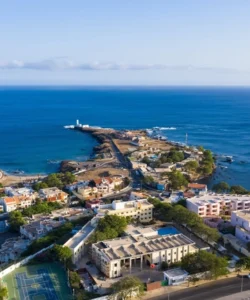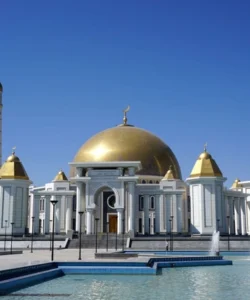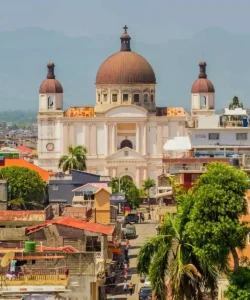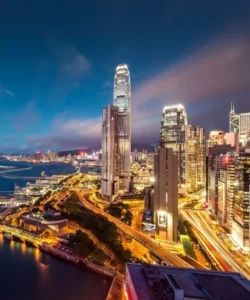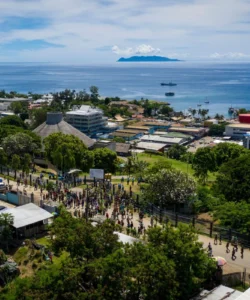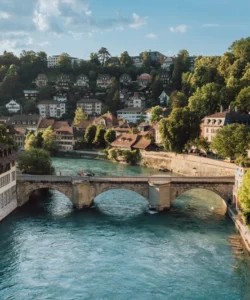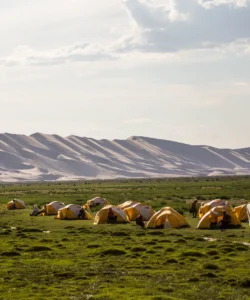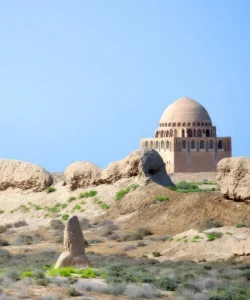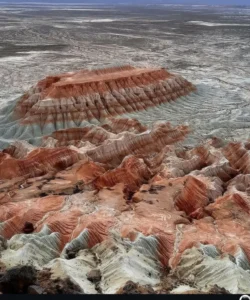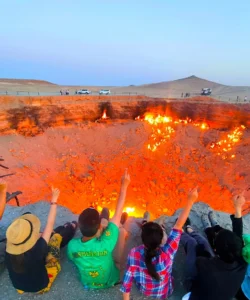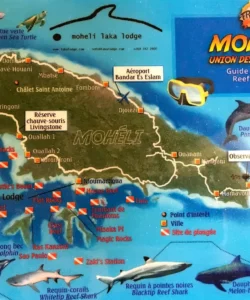Argentina is the second-largest country in South America, stretching from the Andes Mountains in the west to the Atlantic Ocean in the east. It’s renowned for its vibrant culture, passionate tango, vast pampas, and stunning Patagonian landscapes.
Listen to an introduction about Argentina
![]()
Area and Population:
Argentina covers an area of approximately 2,780,400 km² (1,073,500 sq mi). Its population is estimated to be around 46.2 million inhabitants (as of 2024).
Language:
The official language of Argentina is Spanish, with a distinctive Argentine accent (Rioplatense Spanish), which includes the use of “vos” instead of “tú” for the second-person singular. Italian is also widely spoken or understood due to historical immigration, and there are various indigenous languages, though less common.
Currency:
The currency of Argentina is the Argentine Peso (ARS). Due to economic fluctuations, it’s common to encounter different exchange rates, and the U.S. dollar is often used for larger transactions or held as a stable currency.
Religion:
The predominant religion in Argentina is Catholicism, accounting for the majority of the population, a legacy of Spanish colonization. Protestantism has a significant presence, and there are also smaller percentages of Jewish, Muslim, and other religious communities, as well as a growing number of non-religious individuals.
Capital:
The capital city of Argentina is Buenos Aires, a sprawling, cosmopolitan metropolis often referred to as the “Paris of South America.” It’s the country’s political, economic, and cultural heart, famous for its European architecture, vibrant arts scene, and of course, tango.
Major Cities:
Besides Buenos Aires, other significant cities in Argentina include:
- Córdoba: A large university city in the central region, known for its colonial architecture and Jesuit Block (a UNESCO World Heritage site).
- Rosario: A major port city on the Paraná River, known for its Monument to the Flag and cultural vitality.
- Mendoza: The heart of Argentina’s wine region, nestled at the foot of the Andes, offering stunning mountain views.
- San Miguel de Tucumán: A historically significant city in the northwest, often called the “Garden of the Republic.”
- Salta: A charming city in the northwest, known for its colonial architecture and as a gateway to the Andean highlands.
- Bariloche: A picturesque city in Patagonia, often called the “Switzerland of South America,” famous for its stunning lakes and mountains.
- Ushuaia: The southernmost city in the world, located in Tierra del Fuego, a gateway to Antarctica and the Beagle Channel.
Attractions and Wonders:
Argentina’s diverse geography offers an incredible array of attractions:
- Iguazu Falls (Cataratas del Iguazú): A spectacular series of waterfalls on the border with Brazil, one of the most breathtaking natural wonders on Earth and a UNESCO World Heritage site.
- Perito Moreno Glacier (Los Glaciares National Park): A massive, actively advancing glacier in Patagonia, offering incredible opportunities to witness calving ice. It’s part of a UNESCO World Heritage site.
- Mount Aconcagua: The highest peak in the Americas, located in the Andes, a challenge for experienced climbers.
- Quebrada de Humahuaca: A stunning, colorful valley in the northwest, a UNESCO World Heritage site known for its unique geological formations and indigenous culture.
- Tierra del Fuego National Park: Near Ushuaia, offering dramatic landscapes of forests, lakes, and mountains at the “End of the World.”
- Valdes Peninsula: A UNESCO World Heritage site and a prime destination for marine wildlife viewing, including whales (Southern Right Whale), sea lions, elephant seals, and penguins.
- Talampaya National Park & Ischigualasto Provincial Park (Valley of the Moon): UNESCO World Heritage sites in the west, known for their unique geological formations and important paleontological discoveries.
- Buenos Aires: Explore its diverse neighborhoods like La Boca (colorful houses, tango), San Telmo (cobblestone streets, antique markets), Recoleta (elegant architecture, famous cemetery), and Palermo (parks, trendy shops).
- The Wine Region of Mendoza: Experience world-class Malbec wines with vineyard tours and tastings against the backdrop of the Andes.
Architecture:
Argentine architecture is a rich blend of styles, with strong European influences:
- Colonial Architecture: While much has been replaced, remnants of Spanish colonial architecture can be found in older churches and buildings, particularly in cities like Córdoba and Salta.
- Beaux-Arts and Art Nouveau: Buenos Aires, in particular, boasts a wealth of magnificent buildings from the late 19th and early 20th centuries, reflecting Parisian and Italian influences, giving it its “Paris of South America” moniker.
- Neoclassical and Eclectic: Grand public buildings, theaters (like Teatro Colón), and residential palaces often showcase these styles.
- Modernist and Contemporary: Post-World War II and contemporary architecture can be seen in newer urban developments and commercial areas, especially in Buenos Aires and other major cities.
Roads:
Argentina has an extensive road network, with a significant portion of the national routes paved, connecting major cities and tourist destinations. However, the quality of roads can vary, especially in more rural areas or Patagonia, where unpaved gravel roads are common. Driving long distances is frequent due to the country’s vast size. Bus travel is a very popular and comfortable way to navigate the country.
Hotels:
Argentina offers a wide range of accommodation options. In major cities, you’ll find luxury international chain hotels, boutique hotels, and numerous mid-range and budget-friendly hotels and hostels. In tourist regions like Patagonia and Mendoza, there are resorts, charming estancias (country estates), and lodges. Unique experiences include staying in a historic tango hotel in Buenos Aires or a remote eco-lodge in the natural parks.
Restaurants and Cuisine:
Argentine cuisine is renowned, particularly for its high-quality beef, strong Italian influence, and passion for grilling.
- Key Dishes:
- Asado: The iconic Argentine barbecue, featuring various cuts of beef (and sometimes pork or chicken) grilled slowly over embers, a social ritual.
- Empanadas: Baked or fried pastries filled with savory ingredients like spiced meat, chicken, cheese, or vegetables.
- Milanesa: Breaded and fried thin cut of meat (usually beef or chicken), similar to a schnitzel.
- Dulce de Leche: A thick, sweet caramel made from milk and sugar, used in countless desserts and pastries.
- Alfajores: Cookies filled with dulce de leche and often covered in chocolate or powdered sugar.
- Parrillada: A mixed grill platter featuring various cuts of meat and offal.
- Pizza and Pasta: Due to strong Italian immigration, Argentine pizza and pasta are incredibly popular and have their own distinct local variations.
- Wine: Argentina is a major wine producer, especially famous for its Malbec and Torrontés varieties.
- Restaurants: Buenos Aires is a culinary mecca, offering everything from world-class steakhouses (parrillas) to traditional Italian restaurants, charming cafes, and trendy international eateries. Throughout the country, you’ll find excellent local restaurants focusing on regional specialties, especially in the wine country and Patagonia.


